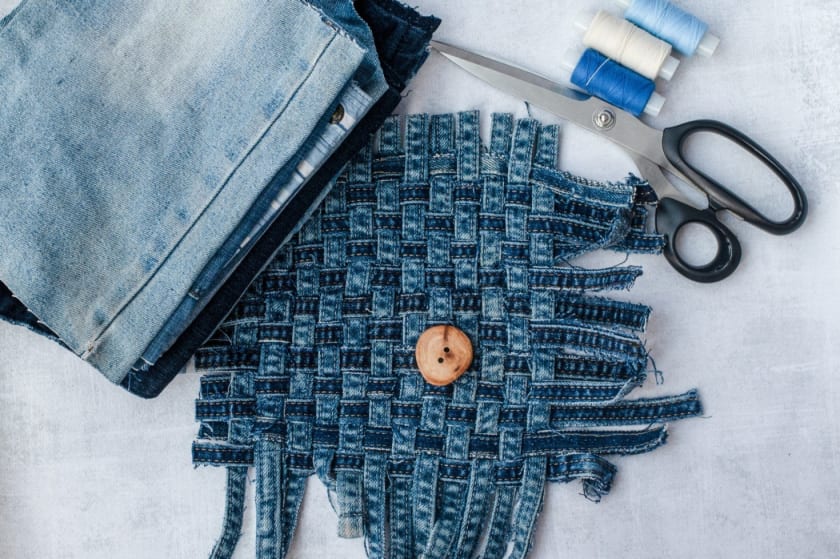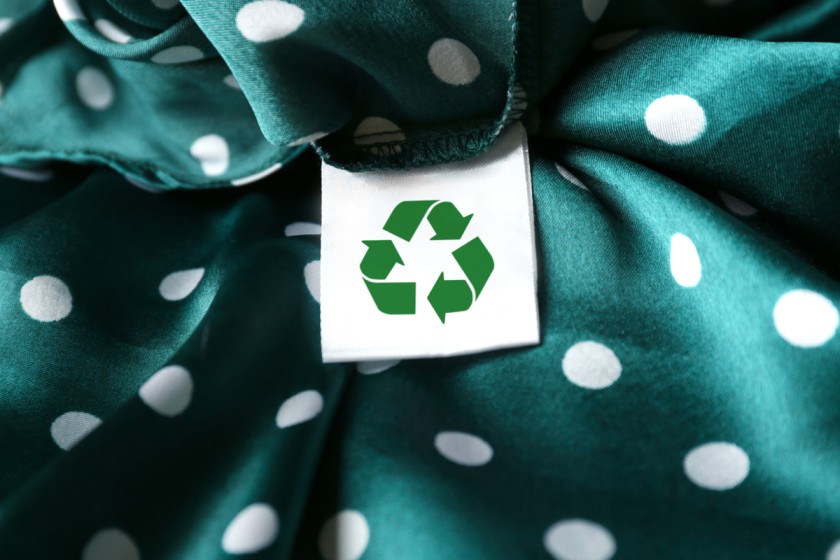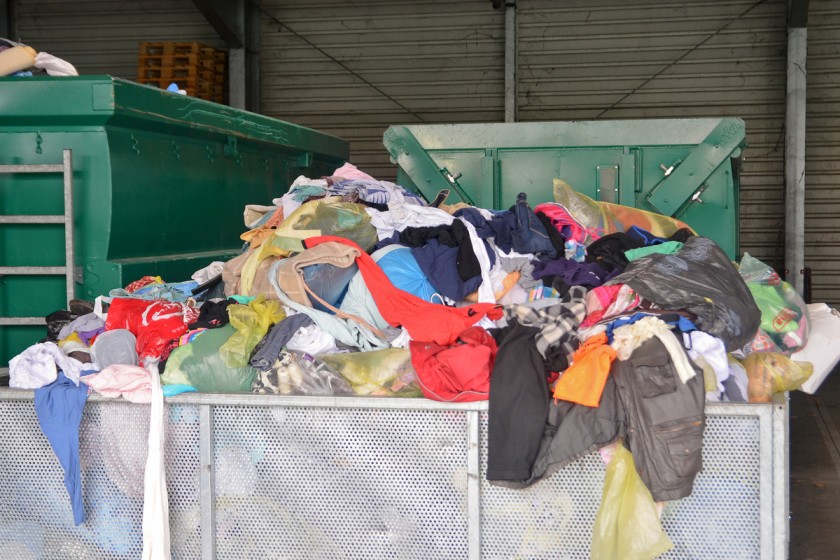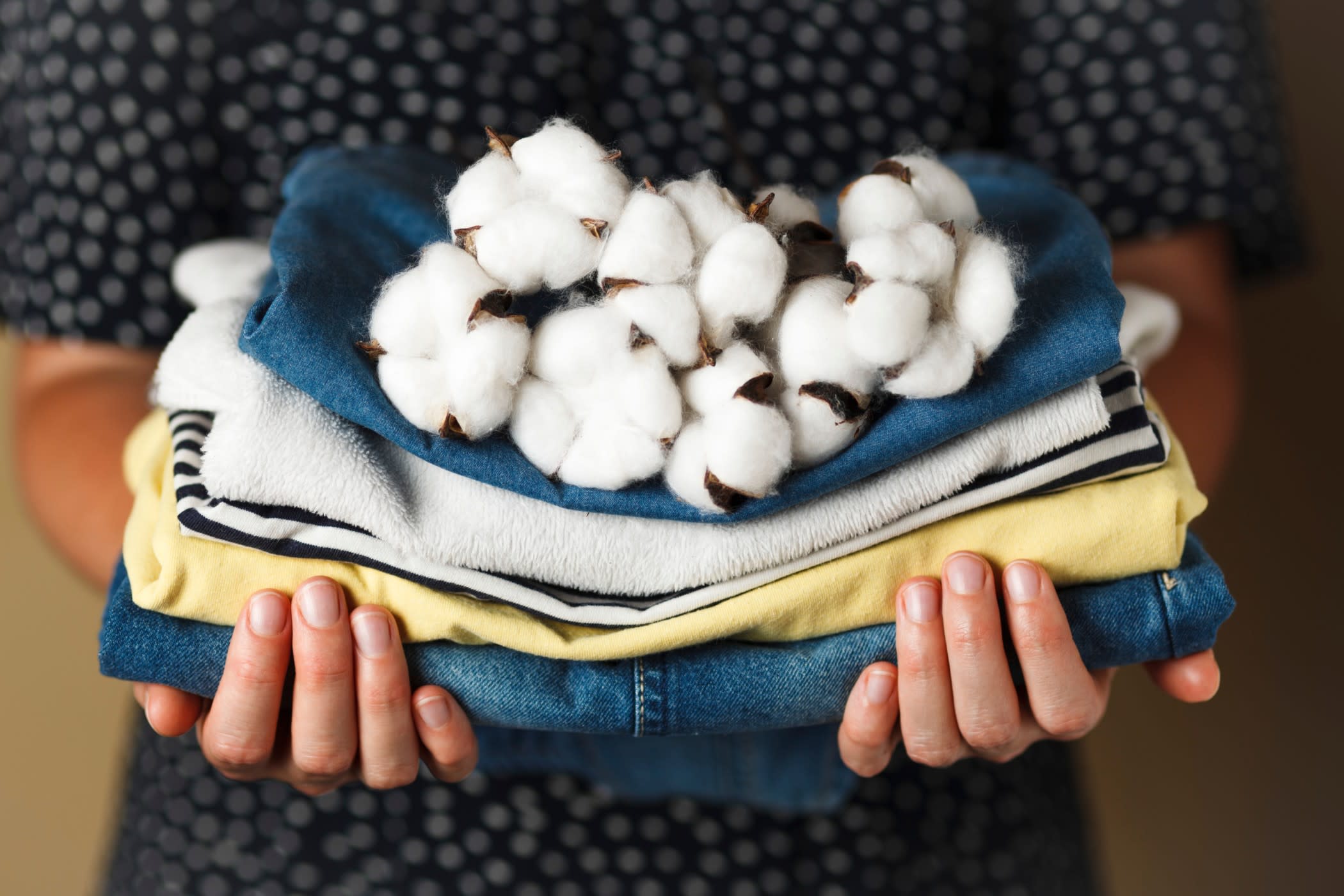Circular Textiles: Where Waste and Pollution are Chucked Out



Do you know that by the end of 2050, India might need a landfill equal to the size of its capital to accommodate all its urban waste? This claim made by Assocham and PwC is a red flag for the environment experts.
What happens when you dump an old pair of jeans or a skirt that does not fit you anymore? It travels from your dustbin to the dumping yard, and finally to the landfills. Please note that every step in this process adds significantly to soil and air pollution. It is an alarming situation that can take a drastic turn if not managed wisely.
Brands are busy launching affordable clothing lines for the customers who compete to up their fashion game every day. Overproducing to fulfil this demand for low costs is considerably reducing the lifespan and quality of the apparel.
This take-make-dispose or fast fashion pattern is impacting the planet’s ecosystem radically, more than we realise. The production of clothing has almost doubled in the last 15 years. However, clothing usage has been reduced by one-third. These stats were given by Ellen MacArthur Foundation.
So, is there a solution to this issue? Fortunately, yes. Circular textile – a system in which clothes are circulated and reused until they are decomposed safely. It aims to effectively address the social, environmental, and waste impacts on the planet and change buyer habits. It is a revolutionary concept that renewability experts swear by.
So, what exactly is circular fashion? Why and how should brands go for it? What are the hidden costs of fast fashion? Keep reading on as we outline every essential aspect of this innovative concept for you in this blog post.
Hidden Cost of Fast Fashion?
UN Climate Change Conference COP26 shocked the world with a trembling reality about the clothing industry. The Atacama Desert in Chile was used to be known for its magnificent salt flats and volcanoes. However, this place is now transformed into a landfill accommodating over 59,000 tons of worn and unworn clothes. It came as a shock to the entire world and proves that we are producing more and wearing less. This fast fashion is taking a toll on us in many ways.
- Environmental – Clothes production demands a huge amount of water (to cultivate cotton), energy (to power the manufacturing processes), and chemicals (dye textiles and fertilise cotton plants). All these things generate carbon emissions and pollute air and water considerably.
- Social – Fast fashion is creating enormous pressure on skilled and unskilled workers. It leads to issues like child labour, violation of labour rights, and unsafe working practices.
- Wastage – Low quality and low-cost garments produced out of poor forecasting techniques are leading to heaps of wastage. This piled-up mess is constantly releasing toxins into the soil and environment.
It is high time fashion brands consider these damages and produce clothes wisely and responsibly. The world can overcome this issue with the help of Circular Fashion which can ensure maximum usage and minimum wastage.
What is Circular Fashion?

Circular fashion is an innovative manufacturing, distribution and usage model. Every garment here is produced keeping its feasible usage in mind. This concept is designed for biodegradability, longevity, and recyclability. The most impressive part is the garments are sourced and made with 100% eco-friendly materials.
Moreover, no production techniques are used that can be toxic to the environment. But, experts believe that the success of this unique model depends on consumer behaviour. To be a part of this revolutionary initiative, they must invest in ecological fabrics and recyclable and reusable garments. Apart from that, they should also be vigilant towards washing and repairing the garments.
Considering renting, redesigning and swapping over buying a new garment is the key to attaining the purpose of this model. Clothing labels are also supporting this concept by adopting sustainable practices.
They are using energy-efficient technologies to upcycle and recycle clothes. Manufacturers are utilising textile raw material to create new fabrics and fibres. So, we can say that our fashion industry is gradually moving towards a regenerative system.
Advantages of Circular Fashion?
Circular fashion signifies a radical shift that forms long-term endurance by providing societal and environmental benefits. Here are the top advantages of adopting Circular Fashion in 2022.
- Less Waste – Needless to mention, the waste reduction will be at its best when brands go for circular fashion. People will recycle and reuse garments more. It will also minimise the burden on our landfills.
- Preservation of Resources – Circular textile also does a great job of preserving our natural resources. Clothing brands, under this project, make optimum utilisation of waste raw material and recycled garments. It leads to lesser depletion of natural resources and better sustainability.
- Promotes Green Energy – Many leading circular fashion brands prefer to collaborate with external manufacturing and transportation companies that use green energy. They majorly team up to use solar and wind energies for manufacturing and transportation processes.
- Gives Back – Materials used in the circular fashion industry are biodegradable and non-toxic. In other words, these materials can be effectively recycled or composted at the end of their life cycle.
- Better Public Image – Interestingly, buyers also understand the gravity of the situation, thanks to the awareness programs running across different channels. Therefore, their loyalties go to the brands that create a cleaner and healthier environment. So, any brand that adopts a circular textile manufacturing system will enjoy a better public image than the non-circular ones.
- Excellent Potential to Generate Employment Opportunities – Circular fashion generates unlimited employment opportunities. It is an outstanding concept that involves all sections of society. It includes both skilled and unskilled workers.
Guide to Step into Circular Fashion Process

Do you know that out of the annual textile production of 400 billion square metres, 60 billion square metres of fabric is right away wasted? It is a sad state that needs to be addressed at the earliest.
- Design with a Purpose – First and foremost, clothing labels that want to step into this domain must design with a purpose. It will lead to optimum utilisation of resources and minimum wastage. That’s not all. This approach will also make the brand come out as a more stable and mature one. Consumers will look forward to their upcoming collections.
- Design for Longevity – The race to offer the trendiest apparel at minimum cost is leading to a high amount of fabric wastage. Moreover, it also compromises the quality of the garment as buyers might not intend to repeat it often.
- Design for Recyclability – Designing for recyclability is the key to attaining the purpose of circular fashion. Creating awareness about this concept and encouraging the buyers to invest in this concept will help you lead the competition.
- Source and Produce Locally – Experts recommend sourcing and producing garments locally to the brands that want to step into circular textiles. It will not only reduce their overhead costs but will also help in stimulating the recycling process.
- Collaborate Well and Widely – The concept of cyclable fashion is picking up the pace gradually. Therefore, experts recommend fashion brands collaborate wisely with the right channels. It will save their time and energy, leading to better utilisation of resources. It will also ensure that the garments are recycled systematically, leaving minimum carbon footprints.
- Go for Green Energy – Merely manufacturing garments will not solve the purpose of sustainability. You also need to pack and transport the products to the buyers. Experts advise going for green energy options for this purpose. Associating with the businesses that use solar and wind energy to transport garments will be of immense help.
- Keep in Use for Longer – Brands should not only focus on creating durable clothing, accessories, and footwear. But, they should also rethink ownership through resale, redesign, and sharing. It means, buying less, supporting sustainable fashion, buying second-hand, and storing clothes for longer. Moreover, opting for strategic rental models will also add value to the project.
- Be Strategic – Collecting and sorting used garments is a labour-intensive task. Moreover, recycling facilities are also usually large-scale projects that require long-term investment. Brands that want to go for circular fashion must plan every step carefully. This simple exercise will ensure that the brand is in the right place, offering the right services.
- Align your Business Model with Environmental, Financial, and Social Factors – It is essential to realign or redesign your circular fashion business model. Brands should do it to grow and contribute in a purposeful way to the well being of the planet and people. The same applies to their e-commerce, rental, and subscription models as well.
Bottom Line
The circular fashion model can prove to be a boon for companies and the planet. Clothing brands must come forward to create a cleaner and healthier planet for the upcoming generations. Apart from this, companies can also turn to Fashinza if they face any supplier-related issues in their circular fashion model. It is a brilliant platform that can make apparel manufacturing hassle-free, convenient, and faster for brands. Find out more about how Fashinza can help your brand, here.



















